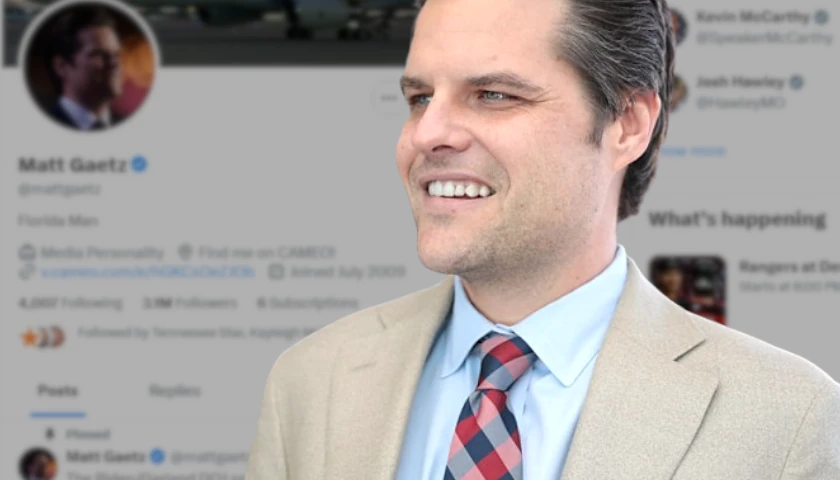by Scott McClallen
A new study from the University of Arkansas found the average disparity in per-pupil funding between traditional public schools and their public charter schools across 18 cities reached $7,796 per-pupil — a record high.
In Detroit, public charter schools educate over 40% of K-12 students.
Despite that, Detroit charter schools took in 29% less revenue per student, on average, than the Detroit Public Schools Community District.
“The University of Arkansas report contains some insightful and important information, much of which we’ve always known to be true – that charter school students are not treated fairly when it comes to funding,” Dan Quisenberry, president of the Michigan Association of Public School Academies, told The Center Square.
“Traditional public school students in Detroit deserve every penny they receive. Why wouldn’t charter school students in Detroit deserve that same investment? Hopefully this report helps shed a light on that important fact.”
The study examined all revenue sources in the 2017-18 school year in 18 cities with high charter school enrollment or growth potential and found charter schools received on average 33% less in total annual funding than traditional schools.
That number beats the previous funding disparity high of 27% set in fiscal year 2016.
The cities with the most significant total funding disparities include Camden, N.J., at $16,317 per pupil per year; Chicago at $13,260; and Washington, D.C. at $11,370.
“After analyzing funding gaps between public charter and traditional public schools for over a decade, these findings represent the largest inequity yet, a gap of 33%. Students could be sacrificing up to a third of the dollars available for their education if they choose a charter over a traditional school,” Patrick J. Wolf, University of Arkansas education reform professor and 21st Century Chair in School Choice, said.
“Research shows the funding disparity is worsening over time. This is a wake-up call for state and local policymakers to develop more equitable school funding solutions. Closing the funding gap can help all schools deliver on the promise of a high-quality education for every student.”
The five cities with the greatest local funding disparity were Boston at $18,953; Denver at $15,445; Atlanta at $14,729; Chicago at $9,775 and Houston at $8,309.
Nonpublic revenue, such as philanthropic giving, fundraiser proceeds, and student fees, is the second leading cause of the funding gap, trailing behind local funding.
Charters received about $1,412 less in nonpublic funding per pupil than traditional schools in 2017-18.
Eleven of the 18 locations had nonpublic revenue disparities favoring traditional schools, with Chicago leading, where traditional schools received $5,780 more in nonpublic funding per pupil than charters.
In 10 cities, charter schools received no local dollars.
“Common myths about education funding gaps due to funding from private sources are busted in this new report. Traditional schools on average are receiving more funding than their charter counterparts, largely due to an increase in nonpublic revenue to traditional schools and a lack of local funds for charters,” Corey A. DeAngelis, Ph.D., director of school choice at Reason Foundation said.
“What is evident by the research is that funding inequities are surging across the nation. Policymakers can remedy these inequities by enacting student-centered funding, meaning students will not be valued less when attending a charter school.”
From 2016-18, funding gaps between traditional and charter schools increased in Atlanta, Ga., Camden, N.J, Denver, Colo., Houston, Texas, Indianapolis, Ind., Little Rock, Ark., Los Angeles, Nev., New York City, N.Y, Tulsa, Okla. and Washington, D.C.
However, funding gaps decreased in Boston, Mass., Oakland, Calif., San Antonio, Texas, and Shelby County, Tenn.
– – –
Scott McClallen is a staff writer covering Michigan and Minnesota for The Center Square. A graduate of Hillsdale College, his work has appeared on Forbes.com and FEE.org. Previously, he worked as a financial analyst at Pepsi.





